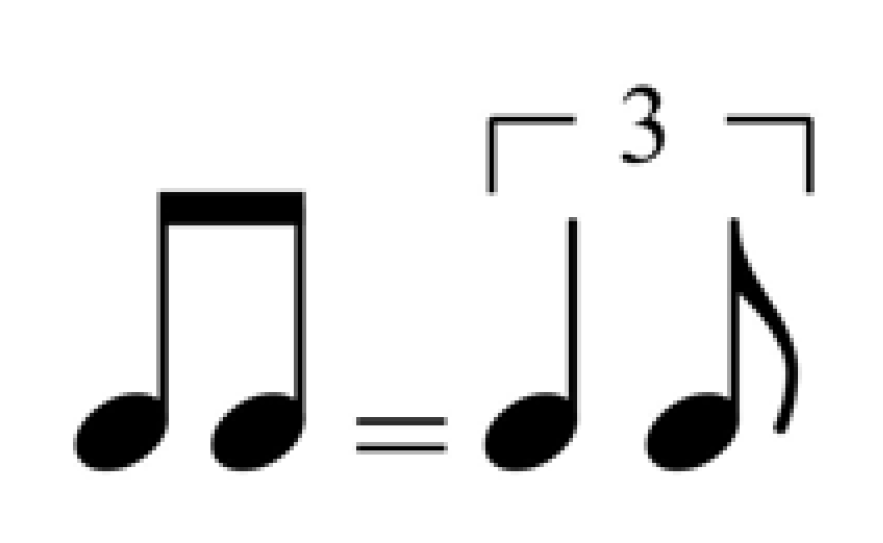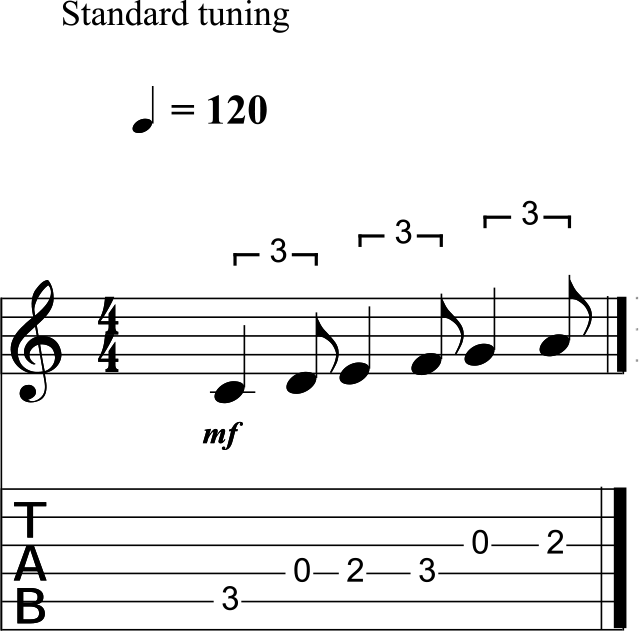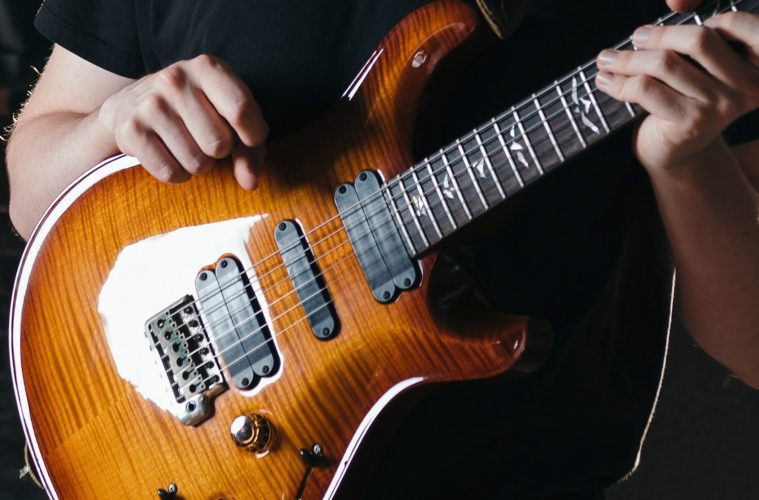The world of jazz is an interesting world comprised of a complex, dense musical language. For someone looking to start learning jazz it is often very hard to sift through all of this information and find a good spot to start his or her journey down the rabbit hole known as jazz. This article is for those new “jazz cats” (if you’re learning jazz, get used to all of the jazz slang terms!), or in this case “jazz kittens” as it contains an introduction to the basic melodic, harmonic and rhythmic elements of the jazz language. Let’s get started!
MELODY
One of jazz’s defining traits is the use of improvisation. Being able to spontaneously create and/or alter melodic material in a live setting is paramount to being a jazz musician. The world of improvisation is a very tricky world to navigate because there are a myriad of different devices and languages to absorb. Also, improvisation is a very individualistic thing so everyone has a process unique to themselves; different things work for different people.
At its roots, improvisation is simply creative control of melodic material so a good place to start is with some simple, raw melodic material that you can use in your improvisations so let’s take a look at four common scale choices and what chords they can be used on. These scales will act as creative tools that you can use to improvise melodies.
1: Major scale (1-2-3-4-5-6-7)
Ah the good ole’ major scale! It’s very common in jazz improvisation and is typically used over Major 7 chords (more on Major 7 chords soon!). Here is C major (C-D-E-F-G-A-B-C). Be sure to practice in all 12 keys!

2: Dorian (1-2-b3-4-5-6-b7)
This is the second mode, or variation, of the major scale. Commonly used on minor 7 chords. Here is C Dorian (C-D-Eb-F-G-A-Bb-C).

3: Locrian (1-b2-b3-4-b5-b6-b7)
This is the seventh mode of the major scale and is commonly used on minor 7b5 chords. Here is C Locrian (C-Db-Eb-F-Gb-Ab-Bb-C).

4: Mixolydian (1-2-3-4-5-6-b7)
The fifth mode of the major scale and is commonly used to solo on dominant 7 chords (very common in the blues!) Here is C Mixolydian (C-D-E-F-F-A-Bb-C).

HARMONY
Jazz is a very harmonically-varied music and as guitar players we usually play a ton of chords when playing jazz! A good way to enter the world of jazz harmony is by learning the basic seventh chord shapes. For those of you who haven’t encountered seventh chords before, they are simply a triad with a third above the fifth so all of the formulas are a variation of 1-3-5-7. Here we will be talking about the most common seventh chords: Major 7, Dominant 7, Minor 7 and Minor 7b5.
C Major 7 (1-3-5-7) (C-E-G-B)

C Dominant 7 (1-3-5-b7) (C-E-G-Bb)

C Minor 7 (1-b3-5-b7) (C-Eb-G-Bb)

C Minor 7b5 (1-b3-b5-b7) (C-Eb-Gb-Bb)

RHYTHM

In addition to being a very melodically and harmonically demanding music, jazz also uses a wide variety of rhythms. Many of the rhythms used in jazz compositions and solos are syncopated, meaning that the notes are played on weak beats (or weak parts of the beat) instead of the strong ones. It is also very common for jazz musicians to utilize traditional rhythms from other cultures. One of the most pervasive and basic rhythmic concepts in jazz is “swing”.

What this marking means is that every time you see eighth notes, you play them like that triplet figure so the first note gets the first 2 beats of the triplet and the second note gets the last beat. This creates a “galloping” like rhythmic texture. Here is a scale written out in swing eighth notes.
I hope you found these ideas helpful, you are on your way to a great foundation in jazz!


